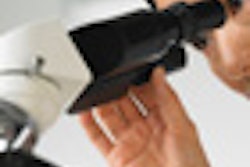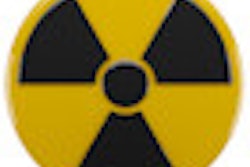Dear Imaging & CAD/CAM Insider,
In recent years, some manufacturers of panoramic x-ray machines have begun marketing these products as an alternative to intraoral cameras for obtaining bitewing images.
They contend that pano bitewings offer a number of advantages, including faster turnaround time, ease of use, better patient acceptance, greater diagnostic capabilities, less radiation exposure, and better infection control.
But some imaging experts question whether enough peer-reviewed research has been done to support these claims.
Read more in this latest Imaging & CAD/CAM Insider Exclusive.
In other Imaging & CAD/CAM Community news, a team of engineers and clinical researchers from West Virginia University and the University of Pittsburgh is making progress in its quest to develop a 3D ultrasound system for assessing gingival tissue and inflammation and diagnosing gingivitis. Read more.
And a free image-processing program originally developed for astrophotography applications can enhance the use of digital video to capture high-quality microscopic stills during endodontic treatment, according to a study in the Bulletin of Tokyo Dental College.
Meanwhile, the Canary photothermal caries detection system fared well in studies comparing it with the Diagnodent for detecting caries beneath sealants and around restorations, according to two presentations at the International Association for Dental Research meeting in Brazil last month.
On the radiation dose front, exposure from two or three head computed tomography scans in childhood can triple the risk of developing brain cancer, while five to 10 such scans may triple the risk of developing leukemia, according to a study in Lancet.
In a related story, an initiative by the U.S. Food and Drug Administration to require improvements in medical devices for pediatric imaging was uniformly applauded by attendees at a daylong public workshop held July 16 on the FDA campus in Silver Spring, MD.
And the American Thyroid Association has revised its 2005 position on the relationship between diagnostic x-rays and thyroid cancer and now recommends that thyroid collars be used for all dental x-rays when they do not interfere with the examination.
Finally, an oral and maxillofacial radiologist and professor for nearly 20 years, Dr. Ernest Lam is passionate about his role as a researcher and teacher. In this Leaders in Dentistry profile, he shares his thoughts on the need for more evidence-based dentistry, the pros and cons of cone-beam CT, and how younger radiologists are increasingly opting to go into private practice rather than academia.



















